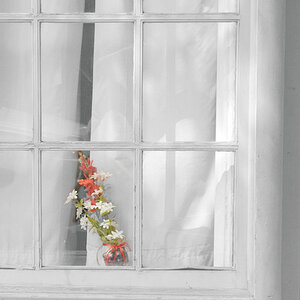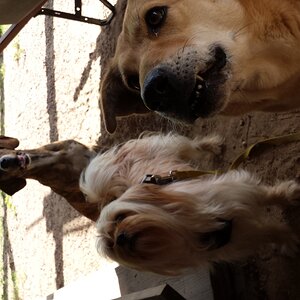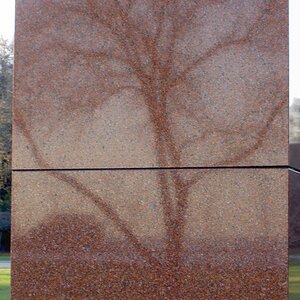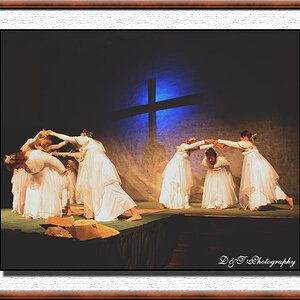jcdeboever
Been spending a lot of time on here!
- Joined
- Sep 5, 2015
- Messages
- 19,868
- Reaction score
- 16,081
- Location
- Michigan
- Can others edit my Photos
- Photos OK to edit
Inspired by a @DanOstergren thread where he challenged us or me to use natural light and reflector. Can't find the link. Anyway....
This merely a study on the effect light directed from different angles has on the subject. Setup was morning sun flooding in from front of house. I used the light from the oval window in my front door to bounce the light onto the subject. First time I used a reflector. XT2 with 23mm f/2. Shot in raw, converted to Acros in camera, imported into snapseed from my tablet, no edit. My goal was to look at the light, how it effects the subject, and prepare me (gain knowledge) to use in real situations to improve image qualities. I took a series of shots, not posting all of them. Others not posted, including these are going into journal for reference / continuous improvement
What I learned.... Intentional direction of light creates an enhanced render of facial features, fills in shadow, smooths surface area, and creates drama. Different color reflectors produce different results, white (only one shown in thread) is noticeably softer than silver and gold. The transparent white can be used to defuse natural light (not shown here). Black can be used to block (not shown here). I am confident in my future use to use in real time situations. I needed more room to manipulate the reflector to produce a wider variety of light options. One more project outside to solidify learning curve.
1. I would like some feedback on what differences you can see that I may not have, so I can add to my journal so I can further explore and develop moving forward.
2. Additional tips is highly welcomed.
3. Why would I use silver or gold as opposed to white?
1. Not reflected

1a. Reflected white

2. Not reflected

2a. White reflected

3. Not reflected

3a. White reflected

This merely a study on the effect light directed from different angles has on the subject. Setup was morning sun flooding in from front of house. I used the light from the oval window in my front door to bounce the light onto the subject. First time I used a reflector. XT2 with 23mm f/2. Shot in raw, converted to Acros in camera, imported into snapseed from my tablet, no edit. My goal was to look at the light, how it effects the subject, and prepare me (gain knowledge) to use in real situations to improve image qualities. I took a series of shots, not posting all of them. Others not posted, including these are going into journal for reference / continuous improvement
What I learned.... Intentional direction of light creates an enhanced render of facial features, fills in shadow, smooths surface area, and creates drama. Different color reflectors produce different results, white (only one shown in thread) is noticeably softer than silver and gold. The transparent white can be used to defuse natural light (not shown here). Black can be used to block (not shown here). I am confident in my future use to use in real time situations. I needed more room to manipulate the reflector to produce a wider variety of light options. One more project outside to solidify learning curve.
1. I would like some feedback on what differences you can see that I may not have, so I can add to my journal so I can further explore and develop moving forward.
2. Additional tips is highly welcomed.
3. Why would I use silver or gold as opposed to white?
1. Not reflected
1a. Reflected white
2. Not reflected
2a. White reflected
3. Not reflected
3a. White reflected
Last edited:



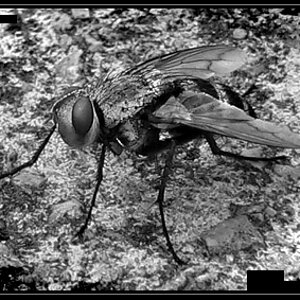
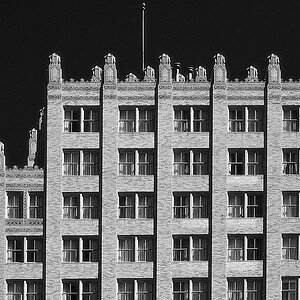
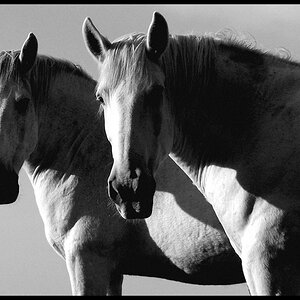
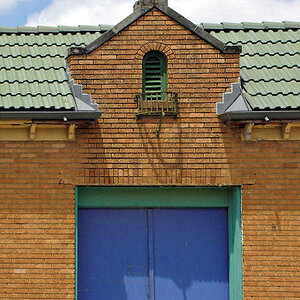
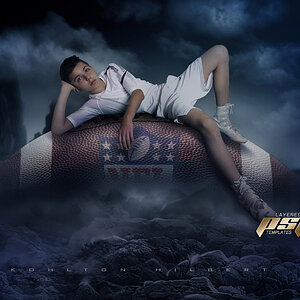
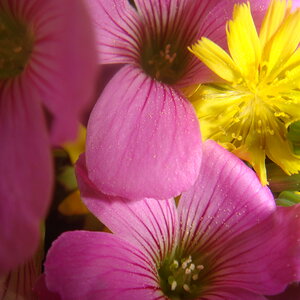
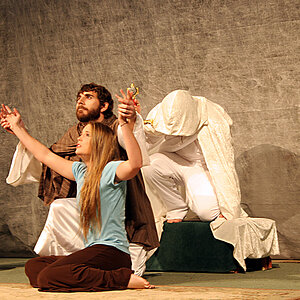
![[No title]](/data/xfmg/thumbnail/35/35263-86f580cf5d28d23109a45984030a79ad.jpg?1619736968)
